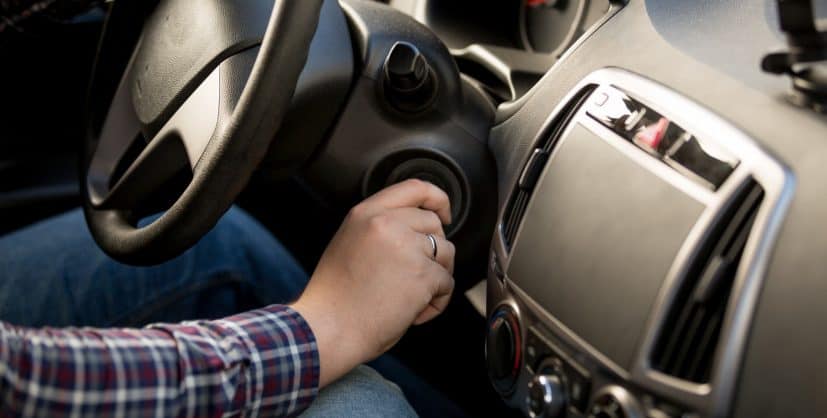
Photo by: https://www.carwise.com/
Each time you enter your car, you expect it to start with ease. But sometimes it fails you when you least expect it. The early signs are difficulty in starts before it fails. Most people make the mistake of repeatedly trying to turn the ignition on. Doing so will only lead to more problems.
If you are in such a situation, you should not panic. Most starter problems occur in predictable places, and diagnostics are easy to run. When your car fails to start, it could be because of a damaged starter component. It can also be a poor electrical connection or insufficient power.
Understanding your starter
It starts the internal combustion of your engine. When the battery powers up after an ignition, electric current goes to the starter motor. In the starter motor, pinions move the engine. When the starter relay is on, the starter rotor will start to move firing up the engine.
Troubleshooting starter not engaging
-
Battery Voltage
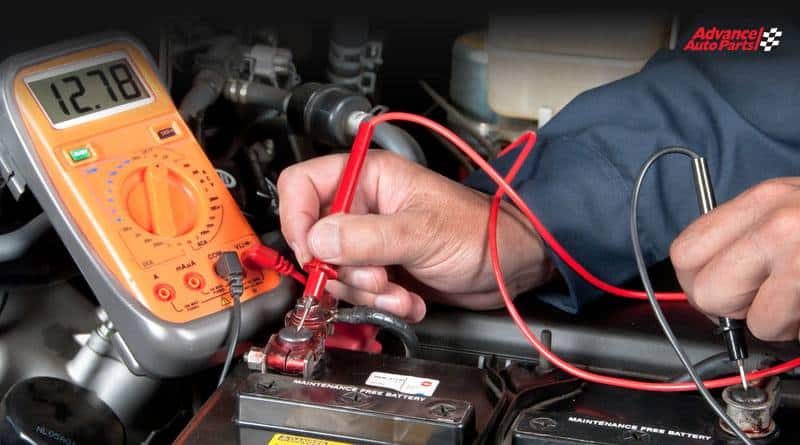
Photo by: https://shop.advanceautoparts.com/
The first thing you must check is if your battery has enough voltage to power up your car’s engine. If there is insufficient power, your starter will fail. To know if your battery has power, you can use a voltmeter.
Taking a voltmeter reading is simple. Set the device for 12V and connect the voltmeter to your battery terminals. Turn on your car’s headlights and take the reading. The reading on your voltmeter should be between 12. 4 and 12.6 volts.
If your reading is below these figures, your battery will not power up your starter. To solve this problem, you can jumpstart your car, and it will work fine. If the battery drops charge again, you should consider having a replacement.
-
Battery Corrosion

Photo by: Car-Battery-Corrosion
When your battery terminals corrode, you will see white and green deposits. To clean your terminals, you can use a baking soda and water solution. The ratio should be one-part baking soda and three parts of water.
If you do not have baking soda, you can use carbonated drinks like sodas. The carbonic acid will clear the deposits from the terminals. When cleaning, make sure the solution never gets past the filler caps.
-
Check Your starter motor.

Photo by: https://www.autoelectro.co.uk/
The starter motor is not easily accessible. Depending on the car you are driving, you may have to remove other engine parts to access it. You should take the intake manifold out then run the following checks on your starter motor.
- Tighten the mounting bolts and other connecting wires. If the mounting bolt is loose, the starter drive will not engage the flywheel properly. It will make a grinding noise when you try to fire up your engine.
What this means is that the pinion gear on the starter is clashing with the ring gear on the flywheel. - Check the pinion gear. It is a small gear found at the front of the starter of your car that will engage the flywheel and crank your engine. You should ensure that the teeth of your pinion gears are not worn-out or damaged. Damaged teeth will prevent your car engine from cranking.
- Try moving your pinion gears. They should move in only one direction. If it does not move or it moves in both directions, then you must replace your starter.
-
Check your flywheel.
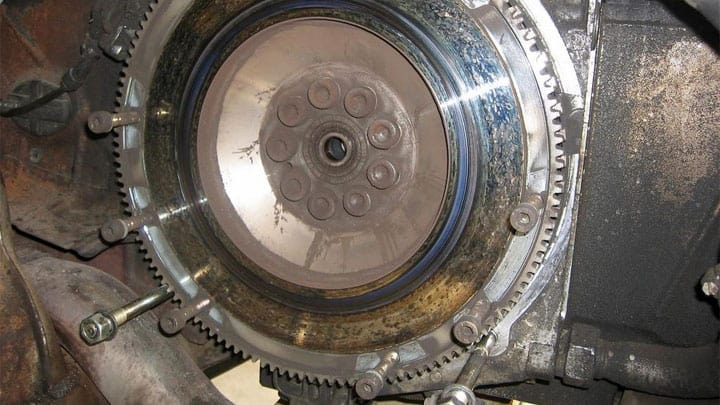
Photo by: https://cartreatments.com/
A flywheel is a large and heavy wheel that is between the transmission and engine. The starter pinion gear engages this wheel to make your car engine crank.
How to inspect your flywheel
- Remove the starter motor and set your transmission gear to neutral.
- Rotate the crankshaft manually using a ratchet. There is a pulley at the front or bottom of your engine block.
The pulley should move as you watch how the pion gears are reacting. If the gear teeth have damage, you will need to replace the flywheel.
-
The Starter Solenoid

Photo by: https://www.autopartswarehouse.com/
It can be a starter solenoid or a starter relay depending on the model of your car.
It is the cylinder at the top of your starter. It connects with the positive side of your battery terminal. If the solenoid fails, your car will not start.
How to inspect your starter relay
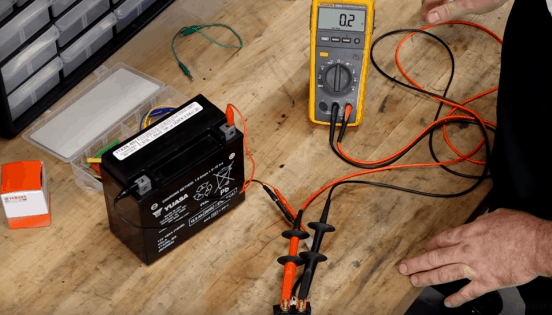
Photo by: https://www.partzilla.com/https://www.partzilla.com/
- Start by disabling your start system to prevent your car from starting accidentally. You can start by removing the fuel pump. You can also disconnect the thick wire that runs to the center of your distributor cap.
- You must ground the disconnected wire from your distributor on a bolt using your car jumpers. You should make sure that you ground it to a non-painted part of your metal bracket.
- Start your engine and listen carefully to the sounds it is making. If there is a loud click, it means the starter relay is working correctly. A weak click means there is a loose connection. Check the wires that connect to your starter solenoid and tighten them.
- In the case of broken wires, electrical current from your battery will not reach the starter. If the wires are in place and still your car will not start, then you must replace the starter solenoid.
Signs of a poor starter
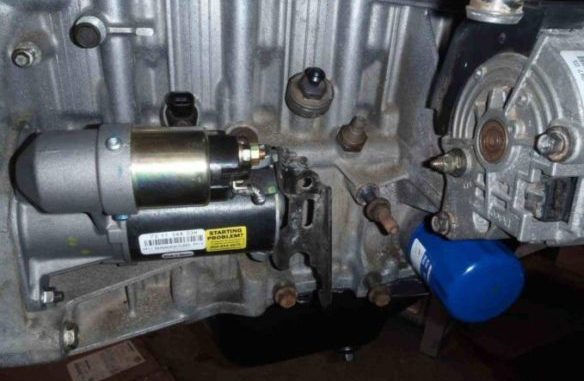
Photo by: https://dannysengineportal.com/
- Your car fails to start
The obvious symptom is when your vehicle fails to start when you turn on the ignition. An electrical signal should go to the starter relay. If it fails, then the starter system has a disconnected circuit. Regardless of the number of times you try starting your car, it will fail.
- A clicking sound
It happens your battery has a low voltage. The repetitive clicking sound is a weak electrical current to start the engine of your car. If the starter relay does not receive a full signal, your car will not start.
- Occasional difficult starts
Sometimes your engine fires up immediately while at times it takes a couple of tries. If this happens to you, it might be a case of cumulated debris on the starter relay. You should clean it up and see if it solves the problem. If, after cleaning, it still behaves this way, then your starter relay has outlived its better days.
Diagnosing your starter system using your headlights
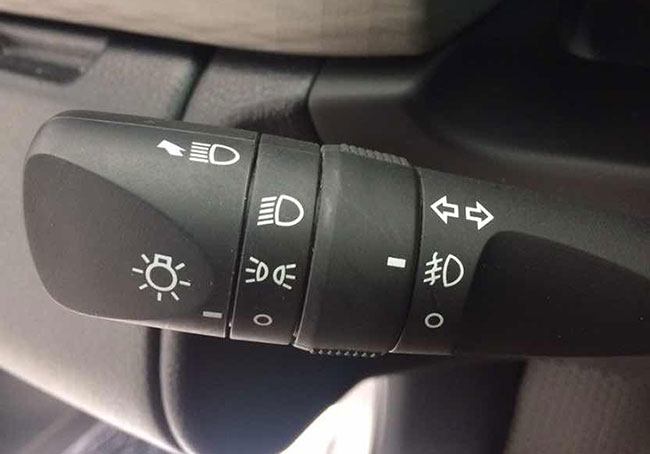
Photo by: Photo by: http://automotivebros.com/
After running all the checks, you might want to confirm your suspicion further. A headlight diagnostic will rule out faults in your starter system.
The test is simple. You will need an assistant to turn on the headlights of your car, and then start your engine.
- No sound and headlights do not work.
It means that there is an open circuit in your starter system, or the battery is dead. When battery terminals corrode, they prevent electrical current from reaching your starter motor.
- The headlights go off when you crank your car
When this happens, it can have more than one possibility. It could mean that your battery does not have enough charge. If the battery has sufficient charge, then the fault may be on the starting motor. A short may make starter motor to draw too much electric current.
There is also the possibility that your problem is not in the starter system but the engine.
- Headlights are fine, but the engine will not crank
When this happens, it means the circuit has too much resistance. It could mean that there is an open circuit, and the electrical current does not reach the starter motor. You should check if one of the starter components has taken damage.
When you have a faulty starter, it is only a matter of time before it fails. You should know all the starter problems with the sounds they produce when the engine fails to come to life.
The problem might be as simple as a loose battery terminal connection. It can also be difficult and need you to take out your starter motor for a closer check.








